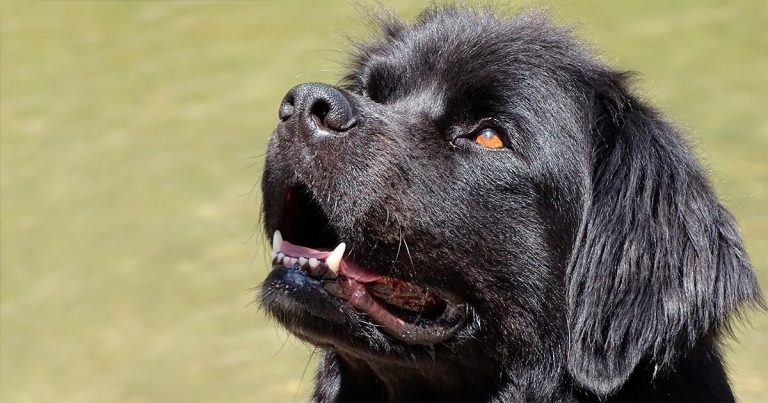21 Jan 2020
The proportion of dogs screened for hip and elbow dysplasia has increased, while grades and scores of dogs used for breeding have also improved.

The Newfoundland was one of six breeds included in the study. Image © Maximilliane / Pixabay
A study has revealed a marked general improvement in hip and elbow scores for some of the UK’s most commonly health-screened dog breeds.
The research, carried out by The Kennel Club’s (KC) health team, examined the importance and impact of health schemes for hip or elbow dysplasia on the long-term health of dog breeds.
The study examined data from six commonly hip and elbow-scored breeds:
The BVA and The KC run two health screening schemes to assess the health of a dog’s hip and elbow joints.
X-rays of a dog’s joints are taken by a vet and sent to the BVA to be closely examined, measured and given a grade or score. These results can then be used by breeders to help identify the most appropriate dogs to breed from and, therefore, reduce the risk of producing puppies affected by dysplasia.
Results from these health schemes are recorded and published by The KC.
Researchers analysed data from the two schemes and found not only had the proportion of dogs screened for hip and elbow dysplasia increased over time, but the grades and scores of dogs used for breeding had been improving, too.
In the majority of the reviewed breeds, the study observed a notable decline in severe hip scores and a more modest, but still notable, decline in severe elbow scores.
Additionally, the study examined data from Estimated Breeding Values (a resource that links hip scores and elbow grades to family/pedigree data), and found recent generations of dogs in the six breeds studied are genetically at a lower risk of dysplasia than dogs bred 30 years ago.
The full study has been published in Frontiers in Veterinary Science.